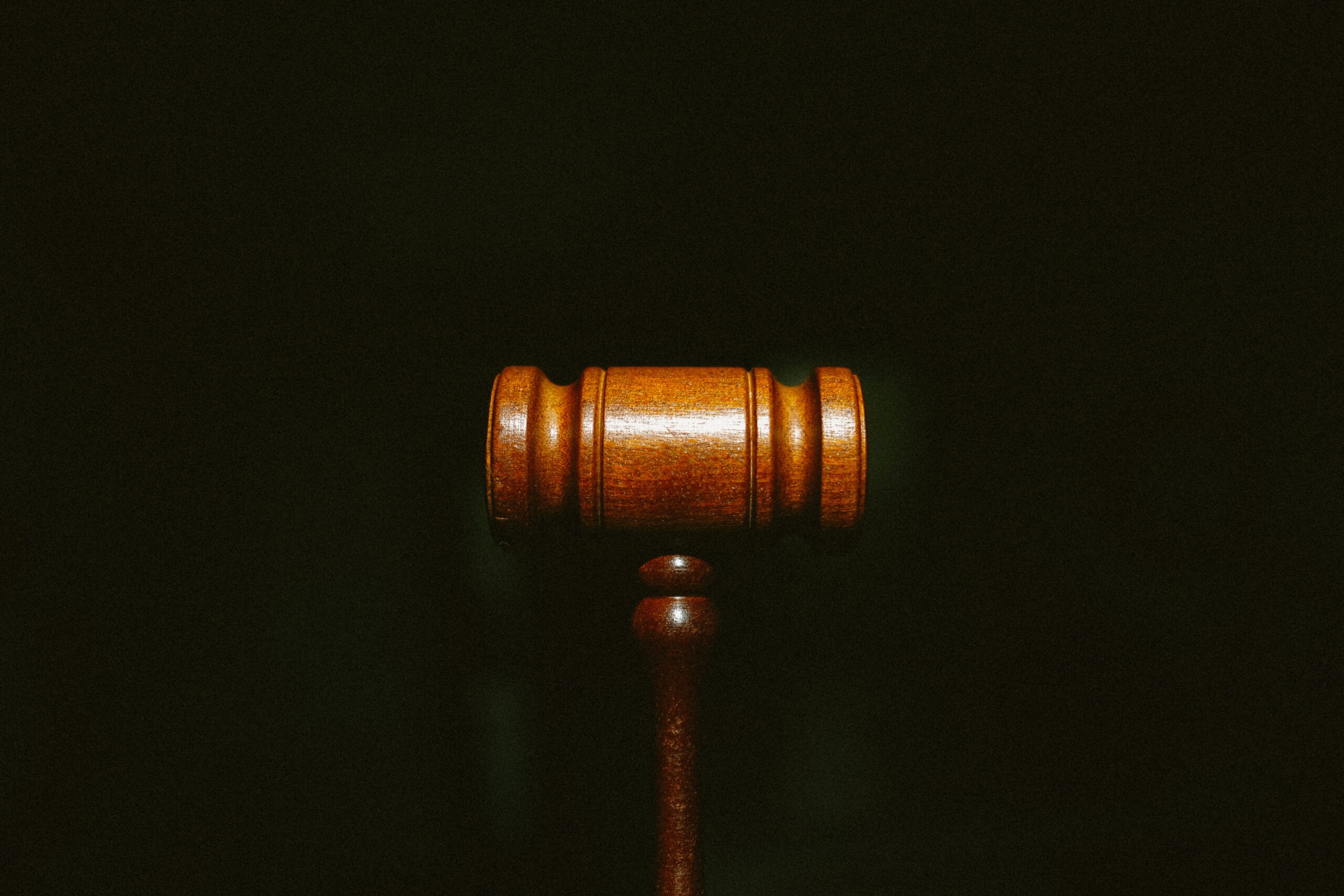BlockFi posted a court ordered letter to its official Twitter account on Friday, advising creditors to disregard statements posted to the court docket, website and social media on May 13.
A Corrective Letter to Creditors can be found here: https://t.co/ijhsCn6vDt
— BlockFi (@BlockFi) May 19, 2023
“A disclosure statement must be approved by the Court before any party may lawfully encourage you to accept or reject any plan of reorganization,” stated the letter.
The judge overseeing BlockFi’s bankruptcy proceedings ordered the firm to issue the letter on behalf of the Official Committee of Unsecured Creditors, which does not support the reorganization plan in question.
The committee alleged that BlockFi had engaged in actions that “undermine the entire bankruptcy process” in a May 15 court filing. They would prefer to get the assets of the bankruptcy estate out of the hands of BlockFi’s existing leadership.
They claimed that the BlockFi management continued to be reckless in their handling of customer assets, even after filing for Chapter 11 bankruptcy, and opted to keep over $250 million in uninsured accounts, realizing their mistake only after Silicon Valley Bank collapsed.
Before filing for bankruptcy, BlockFi spent $22.5 million worth of customer funds to buy a $30 million D&O insurance policy. D&O, or Directors’ and Officers’ liability insurance, covers executive board members and managers against claims made by shareholders and third parties over alleged wrongdoing.
Based on the committee’s investigation, they believe that BlockFi’s management also bears legal culpability for the substantial loans made to FTX’s sister company Alameda Research.
“The Debtors are very much aware of this. Hence why, this past weekend, the Debtors undertook such a brazen solicitation (and smear) campaign,” stated the committee.
The smear campaign referred to here is likely the statements made in the reorganization plan, where BlockFi said the success and failure of litigation supporting the firm’s claims against Alameda would amount to a $1 billion difference for clients waiting to get funds back.



